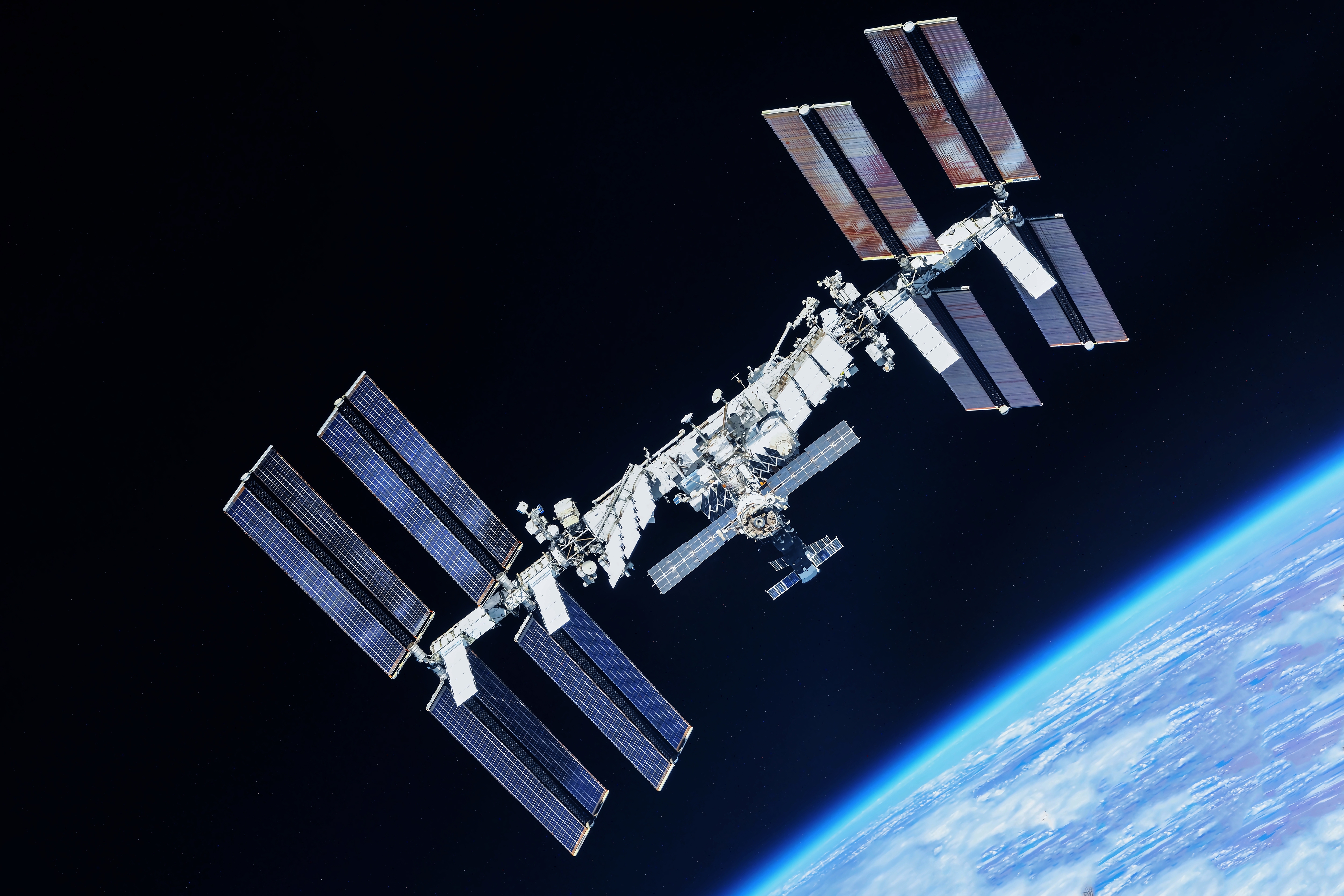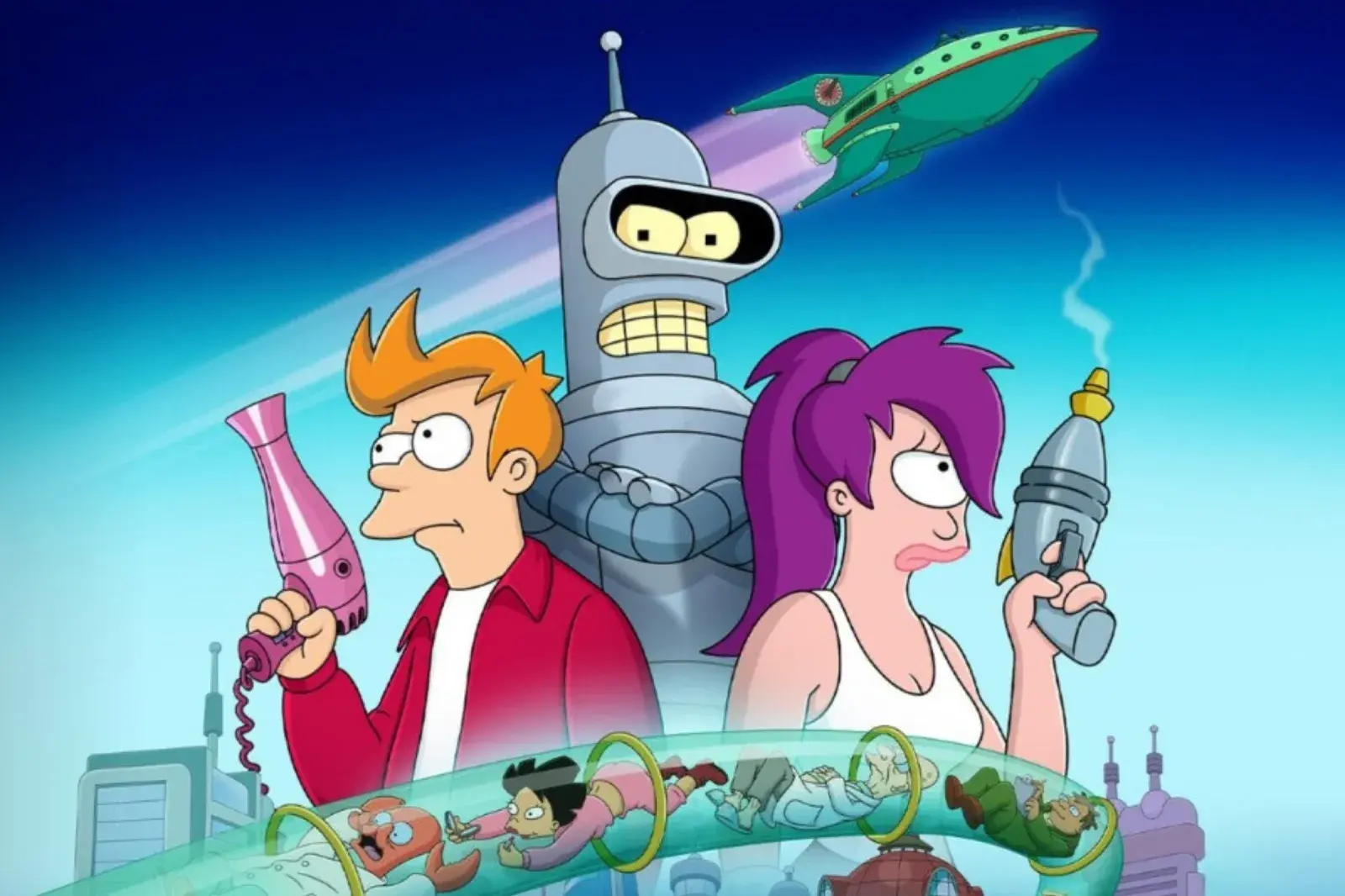One small step for servers, one giant leap for Axiom Space and IBM Red Hat as prototype data center reaches the International Space Station
By Wayne Williams
Copyright techradar

Skip to main content
Tech Radar Pro
Tech Radar Gaming
Close main menu
the business technology experts
België (Nederlands)
Deutschland
North America
US (English)
Australasia
New Zealand
View Profile
Search TechRadar
Expert Insights
Website builders
Web hosting
Best web hosting
Best office chairs
Best website builder
Best antivirus
Expert Insights
Don’t miss these
British astronaut Tim Peake wants to ‘put the data centers into space’: Here’s why
Remember the doomed AI nation ship? A shipping giant is now planning a real, moving, floating data center that could power thousands of AI GPUs
AI workloads are reshaping infrastructure – here’s what data centers need to know
AWS is working on proprietary innovative cooling tech to use on Nvidia GPUs for now — I wouldn’t be surprised if Graviton chips get it as well
$1 trillion worth of data centers by 2030: US leads the way when it comes to colocation and hyperscale capacity – but for how long?
Like with EVs, China could flood its domestic market with affordable surplus computer power in a desperate attempt to improve data center viability nationwide
Could they be the next Arm? Space Forge innovative nursery-in-the-stars could spell new generations of super materials and yes, sky’s the limit
Project Stargate hits Europe – OpenAI launches giant data center powered by 100,000 Nvidia GPUs, but probably not in the country you’d expect
Why enterprises can’t afford to ignore cloud optimization in 2025
From centralized to distributed: why cloud architecture had to change
Many top data center locations could be at risk of climate change
Balancing cost and carbon in the AI era of data infrastructure
Wi-Fi & Broadband
Forget Starlink – this Chinese satellite internet tech is capable of 1Gbps speeds that are five times faster
The next stage in AI power? XConn set to reveal end-to-end PCIe Gen 6 offering higher bandwidth than ever
AMD Megapod set to face Nvidia’s Superpod with a 256-GPU rack full of Instinct MI500 chips
One small step for servers, one giant leap for Axiom Space and IBM Red Hat as prototype data center reaches the International Space Station
Wayne Williams
15 September 2025
AxDCU-1 will run a number of off-world tests 400km above the Earth
When you purchase through links on our site, we may earn an affiliate commission. Here’s how it works.
(Image credit: Shutterstock)
Axiom Space and Red Hat deployed AxDCU-1 prototype data center to the ISS
System uses MicroShift Kubernetes, delta updates, and self-healing for orbital conditions
Researchers expect local data processing on the ISS to speed up experiments
A prototype data center has arrived at the International Space Station (ISS) to test whether terrestrial computing systems can operate in orbit.
The device, called AxDCU-1, was developed by Axiom Space and runs Red Hat’s Device Edge platform. It was delivered aboard SpaceX’s 33rd commercial resupply mission on August 24. The project, which we wrote about previously, was sponsored by the ISS National Laboratory.
The aim is to see if data can be processed directly in orbit rather than sent back to Earth through limited satellite downlinks.
You may like
British astronaut Tim Peake wants to ‘put the data centers into space’: Here’s why
Remember the doomed AI nation ship? A shipping giant is now planning a real, moving, floating data center that could power thousands of AI GPUs
AI workloads are reshaping infrastructure – here’s what data centers need to know
In-space data processing
The system runs containerized applications, similar to those in modern data centers, but adapted for orbital conditions where connectivity is poor and hardware needs to function independently.
It is built around a lightweight version of Kubernetes called MicroShift that is designed for resource-constrained environments, allowing containerized workloads to be updated and managed remotely.
“The platform incorporates automated rollbacks and self-healing capabilities through delta updates and health monitoring,” Tony James, chief architect of science and space at Red Hat, told Data Center Knowledge.
Delta software updates transmit only changed portions of code to minimize bandwidth use.
Are you a pro? Subscribe to our newsletter
Sign up to the TechRadar Pro newsletter to get all the top news, opinion, features and guidance your business needs to succeed!
Contact me with news and offers from other Future brandsReceive email from us on behalf of our trusted partners or sponsorsBy submitting your information you agree to the Terms & Conditions and Privacy Policy and are aged 16 or over.
“These features are especially critical in space, as they serve as a safeguard to allow the system to detect failures and revert to a stable state without human intervention,” James added.
Patrick O’Neill, of the ISS National Laboratory, said bandwidth limitations have long been a problem for researchers. “Through the years, a limiting resource for the research community on the space station was the transfer of data and near real-time data analysis,” he said.
Processing data locally could let scientists adjust experiments while they are still running, with particular benefits expected in life sciences and biomedical research.
You may like
British astronaut Tim Peake wants to ‘put the data centers into space’: Here’s why
Remember the doomed AI nation ship? A shipping giant is now planning a real, moving, floating data center that could power thousands of AI GPUs
AI workloads are reshaping infrastructure – here’s what data centers need to know
The deployment also acts as a testbed for future commercial space stations.
Axiom Space is building its own station, which will need more advanced data processing than the ISS currently provides.
The containerized approach is intended to support edge AI, automation, and mission-critical applications in future orbital platforms.
Axiom isn’t the only startup sending data centers into space. Lonestar Data Holdings successfully tested a software-defined data center on the ISS in 2021 and 2022, before conducting a full data storage demonstration from the Moon’s surface in 2024.
You might also like
Engineers enlist NASA to send yet another time capsule to the moon
Why the data center of 2030 will look very different from today
This startup wants to back up your data on the Moon in a palm-sized data center
Wayne Williams
Social Links Navigation
Wayne Williams is a freelancer writing news for TechRadar Pro. He has been writing about computers, technology, and the web for 30 years. In that time he wrote for most of the UK’s PC magazines, and launched, edited and published a number of them too.
You must confirm your public display name before commenting
Please logout and then login again, you will then be prompted to enter your display name.
British astronaut Tim Peake wants to ‘put the data centers into space’: Here’s why
Remember the doomed AI nation ship? A shipping giant is now planning a real, moving, floating data center that could power thousands of AI GPUs
AI workloads are reshaping infrastructure – here’s what data centers need to know
AWS is working on proprietary innovative cooling tech to use on Nvidia GPUs for now — I wouldn’t be surprised if Graviton chips get it as well
$1 trillion worth of data centers by 2030: US leads the way when it comes to colocation and hyperscale capacity – but for how long?
Like with EVs, China could flood its domestic market with affordable surplus computer power in a desperate attempt to improve data center viability nationwide
Latest in Pro
AI has the potential to fix the developer experience – here’s now to make it happen
UK and US to sign massive tech trade deals worth billions during Trump and Big Tech tour
VSCode market struck by huge influx of malicious WhiteCobra extensions – so be warned
The hidden barrier to AI transformation: connectivity
Cloud Hypervisor says no to AI code – but it probably won’t help in this day and age
Double check your Microsoft 365 and Google accounts – this VoidProxy phishing service is hitting them hard
Latest in News
Your Apple TV 4K gets a free upgrade to tvOS 26 today – here are 5 changes to try
If you’re hankering to play Final Fantasy 7 Remake Intergrade on Switch 2, then be warned: it’s massive and will be a Game Key card
It’s about time – Spotify is finally upgrading its free tier with these Premium-style features
Forget the iPhone 17 – these are the next 10 Apple products rumored to be coming soon
Amid a tidal wave of performance complaints on PC, the first Borderlands 4 patch has arrived to address stability – but no one knows what it does
iOS 26 lands today – here’s exactly when it’s coming to your iPhone, and which models are compatible
LATEST ARTICLES
Your Apple TV 4K gets a free upgrade to tvOS 26 today – here are 5 changes to try
I’m a smart home tech editor, and these are the 3 best wireless video doorbells that you can install in minutes
If you’re hankering to play Final Fantasy 7 Remake Intergrade on Switch 2, then be warned: it’s massive and will be a Game Key card
VSCode market struck by huge influx of malicious WhiteCobra extensions – so be warned
Borderlands 4 maker says your old PC hardware is to blame for the game’s poor performance – even though it struggles to run on an RTX 5090
TechRadar is part of Future US Inc, an international media group and leading digital publisher. Visit our corporate site.
Contact Future’s experts
Terms and conditions
Privacy policy
Cookies policy
Advertise with us
Web notifications
Accessibility Statement
Future US, Inc. Full 7th Floor, 130 West 42nd Street,
Please login or signup to comment
Please wait…



